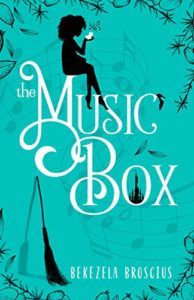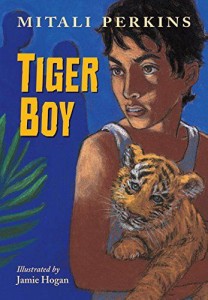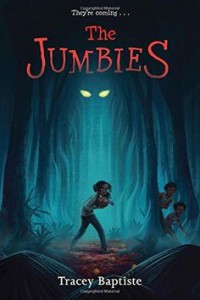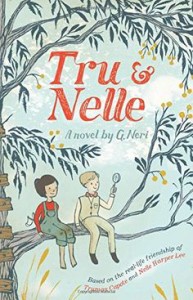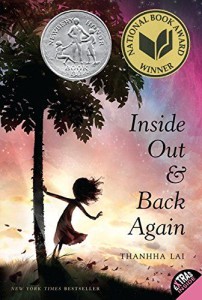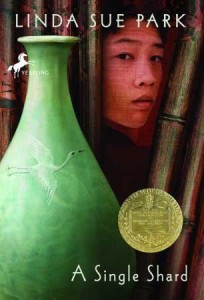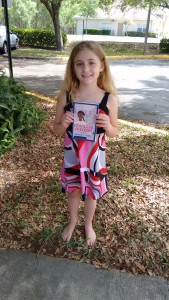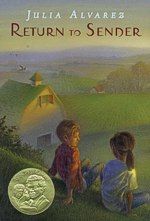Busi lives in Zimbabwe with her grandmother. Her mother is in Texas pursuing a college degree. Her father is also in Texas, but her parents have divorced and Busi rarely hears from him. Busi’s mother sends her extra things like an iPod and nice clothes, and that has made her a target for Doreen, the class bully. Doreen, jealous of Busi, humiliates her daily and has turned the rest of the class against her.
Busi desperately wants to be accepted by her sixth-grade classmates and she comes up with an idea that could help. When her teacher, Mrs. Moya, requests ideas to raise funds for a class trip, Busi and her only friend, new girl, Thabisa, suggest putting on the play, Cinderella. Busi wins the lead, and Doreen is cast as the wicked stepmother, a character that matches her personality. In an extra effort to score points with her classmates, Busi offers to loan some of her clothes and her treasured musical box, that her best friend gave her when she moved away to Johannesburg, to the production.
Doreen is determined to sabotage the play. Busi and Thabisa foil each of Doreen’s attempts, but someone steals Busi’s beloved music box during the performance. In retrieving the music box, Busi grows in confidence and gains the respect of her classmates.
Author Bekezela Broscius, originally from Zimbabwe, offers rich descriptions of Busi’s world and Busi’s relationships with her grandmother, friends, and neighbors highlight the culture and social customs. The Music Box lets young readers travel to Zimbabwe and experience the life of a school girl. Some things are different, but the important things, like a loving family and good friends, are the same everywhere.
To learn more about Bekezela Broscius, visit her website: http://bekezelabroscius.com/

